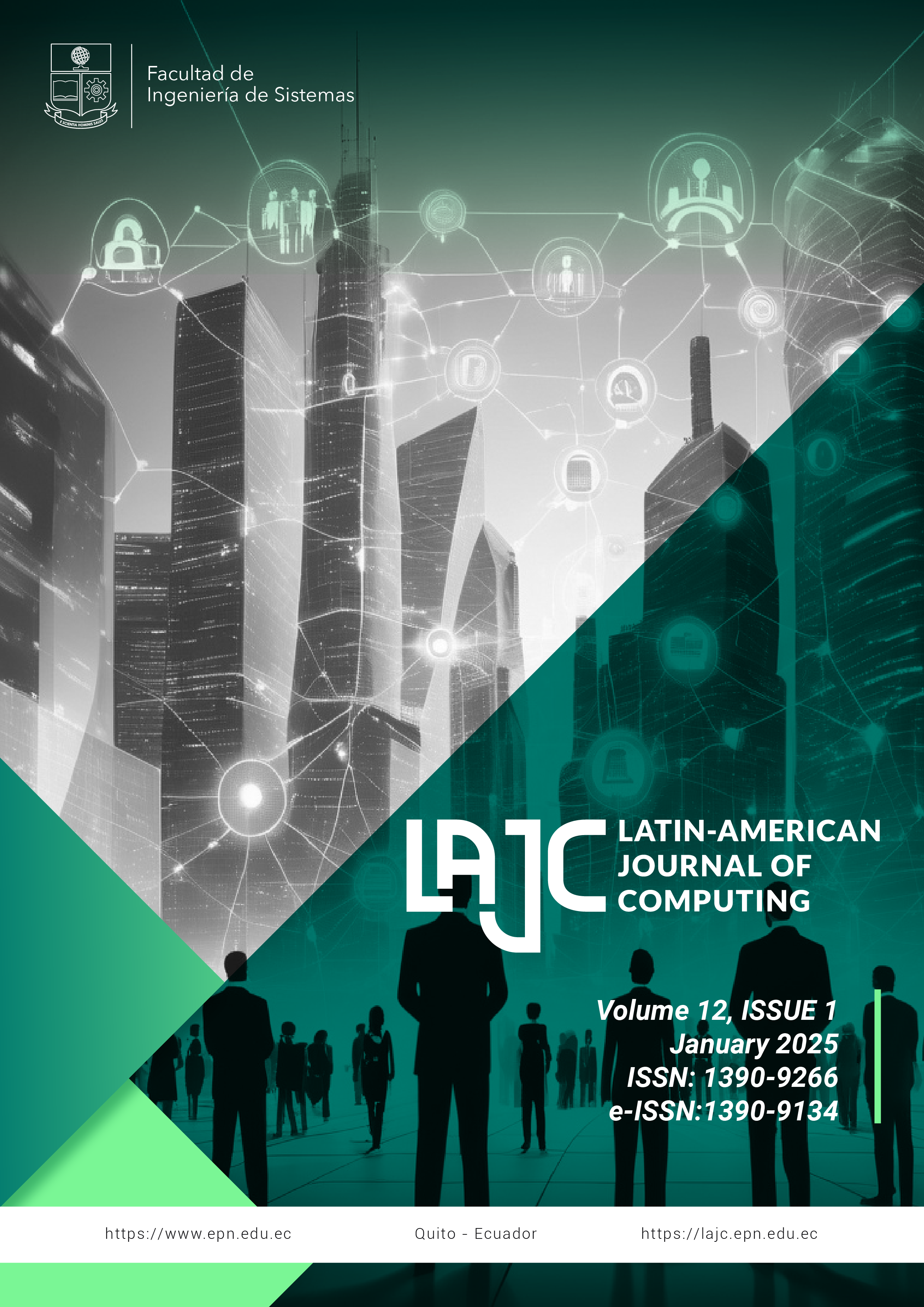Traffic Congestion in Ecuador: A Comprehensive Review, Key Factors, Impact, and Solutions of Smart Cities
Keywords:
smart cities, urban planning, vehicular traffic, data mining, optimizationAbstract
This study explores the main sources of traffic congestion in Ecuadorian cities and propose solutions to address this issue. The findings reveal that the main causes are natural disasters disrupting the transportation infrastructure and leading to chaotic traffic flow, lack of infrastructure maintenance, inadequate education, cultural issues, improper traffic signal timing, or the absence of exclusive lanes for public transportation. Fast transit projects have also faced obstacles, including a lack of political leadership, underestimation of implementation complexities, rushed planning processes, resistance from stakeholders like bus operators, and inaccurate cost estimations. Vehicle pollution is another consequence of lower-quality fuel and the topography of highland cities, which demand more engine power. The proposed solutions are categorized into three types: smart city technologies, implementing regulations, and enhancing public transportation systems. To address traffic accidents, it is recommended to identify high-risk areas, monitor fleet variables of buses, educate the population on responsible driving practices, and implement designated driver applications. By considering and implementing these solutions, Ecuadorian cities can alleviate traffic congestion, enhance transportation efficiency, reduce pollution, and improve road safety.
Downloads
Published
Issue
Section
License
Copyright Notice
Authors who publish this journal agree to the following terms:
- Authors retain copyright and grant the journal right of first publication with the work simultaneously licensed under a Creative Commons Attribution-Non-Commercial-Share-Alike 4.0 International 4.0 that allows others to share the work with an acknowledgement of the work's authorship and initial publication in this journal.
- Authors are able to enter into separate, additional contractual arrangements for the non-exclusive distribution of the journal's published version of the work (e.g., post it to an institutional repository or publish it in a book), with an acknowledgement of its initial publication in this journal.
- Authors are permitted and encouraged to post their work online (e.g., in institutional repositories or on their website) prior to and during the submission process, as it can lead to productive exchanges, as well as earlier and greater citation of published work.
Disclaimer
LAJC in no event shall be liable for any direct, indirect, incidental, punitive, or consequential copyright infringement claims related to articles that have been submitted for evaluation, or published in any issue of this journal. Find out more in our Disclaimer Notice.










